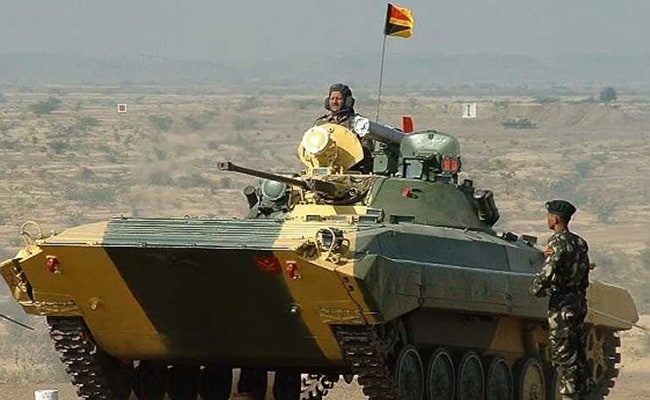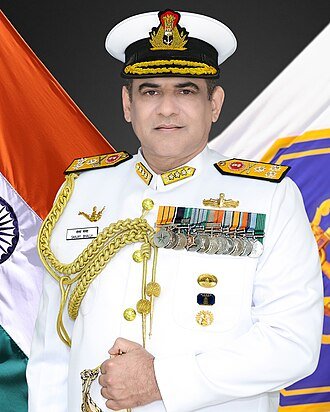Incendiary remarks by political and RSS leaders harm the Army’s secular traditions. We have regiments where soldiers of all faiths live and fight together. The leaders are ignorant of military ethos.
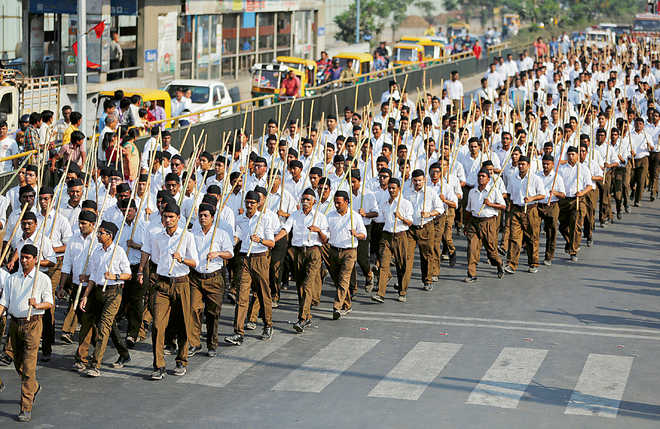
Gearing up: RSS men take part in a Path-Sanchalan in Ahmedabad recently. Reuters
The RSS is the BJP’s standing army, mobilised to win elections and bulldoze the opposition. While it might have requisitioned Ritu Beri to modernise RSS’s battle apparel, it is far from being a fighting force. Instead, it distorts the image of the Army. Take the several mindless statements, including an incendiary one, made by national leaders which have undermined the idea of India, image and integrity of the Army and even politicised it. Mohan Bhagwat, the RSS chief and Prime Minister Modi’s mentor, said that while the Army takes six to seven months to mobilise, the swayamsevaks are ready to go in three to four days. There were other insinuations in his statement: RSS could be a volunteer army in six to seven months to “help” the regular Army. Being a non-secular Hindu civilian organisation, such a force can have no place in the Indian Army. Rather, it better stick to its forte of helping the BJP win elections. Lt-Gen Danbu, Chief of Northern Command in Kashmir, said the Army does not recognise a soldier by his religion.The Indian Army is stitched together as a fighting force because it is professional, apolitical, secular and under civilian political control and, therefore, the last bastion of our Constitution and democracy. The most outstanding trait of the Army is that it is secular and derives its soul from the secular composition of the country. In regiments, soldiers take their oath of allegiance putting their hand on the Tricolour, Gita, Guru Granth Sahib, Quran and Bible. In all-India regiments under one roof or a tent, are a temple, gurdwara, mosque or church. You will not find this conjugation of religions anywhere in the world. So what the RSS can learn from the Army is that while one can be a blue-blooded Hindu and nationalist, one can also be a secular patriot. This is what will make the RSS truly all-India.On Muslims, the statement made by BJP MP Vinay Katiyar, which has not been contradicted so far, says: “Muslims should not live in India and should either go to Pakistan or Bangladesh.” Such statements do immeasurable harm to the Army’s secular traditions because there are regiments where Muslims, Hindus and other faiths live and fight together. While polarisation may win votes for the parties, it will severely politicise the Army and damage its organisational cohesiveness, not to mention the fatal damage it will do to the internal security of the country.The redoubtable Praveen Togadia, chief of the Vishwa Hindu Parishad, once very close to PM Modi when he was Chief Minister of Gujarat, is reported to have said that stone-pelters in J&K should be “bombarded”. This would imply carpet-bombing. He advocated the breakup of Pakistan into five parts. Neither idea has an iota of prudence or sense: both are urgings neither feasible nor implementable. India is facing considerable difficulty keeping together J&K in our possession as we have lost the local support of people. Stirring the pot across the border in PoK with an army of RSS volunteers which can be transformed into soldiers in six months, as claimed, will not be easy. But the idea first came from RSS pracharak, former Defence Minister Manohar Parrikar, famous for his remarks after the surgical srikes that it was he who instilled the Hanuman spirit into the Army. Can he do it with the RSS? Though, his original idea was different — to catch a terrorist, use a terrorist.Thus, it is clear that our political leaders and those from social organisations like the RSS do not comprehend the changing nature of war, especially cross-border terrorism which our soldiers confront 24×7. Pakistan got a bloody nose in the three and a half wars it has fought, so now it is using a low-cost, high-yield proxy war to compensate for its inferiority in conventional military strength compared to India. When Bhagwat, Togadia, Katiyar, Owaisi etc make absurd comments about the Army and the country, it is time to educate them about military ethos, war and deterrence on the one hand and the idea of India on the other.The National Defence College’s central theme is the general education of defence, diplomacy and conflict avoidance. A decade ago, a special capsule run for Members of Parliament was strangely discontinued. It should be resumed immediately. Besides visiting forward areas, elected representatives of the Parliament should spend 24 hours at or near a forward post on the LoC to gauge the heat and living conditions of our soldiers. Representation of the military in the Parliament is miniscule. Instead of wasting nominated seats on filmstars and cricketers who skip the Parliament in any case, professional veterans from the services, instead, will bring the realism of LoC into the House. Bhagwat is spot-on about one thing, though: that the Army is not combat-ready. And, it is underequipped as per the report of BJP’s Gen BC Khanduri’s Parliamentary Standing Committee on Defence. Bhagwat is Modi’s mentor. He can tell him that the military in the defence budget in 2018-19 has got a raw deal — the lowest ever as percentage of GDP (1.49) when China has four times as much. This year, that is why after the defence budget, talk in South Block was that Modi’s priority had altered from Jai Jawan Jai Kisan to just Jai Kisan.‘Five of seven soldiers killed in Sanjuwan were Muslims’Take the case of the recent Sanjuwan terror attack on a battalion of the Jammu and Kashmir Light Infantry in Jammu which bore the brunt of the terrorist attack. “Five of the seven soldiers killed in the attack were Muslims. No one is pointing this out. While Muslims are being called Pakistanis, and their loyalty doubted, we are also sacrificing lives,” said All-India Majlis e Ittahadul Muslimeen chief and Member of Parliament Asaduddin Owaisi.








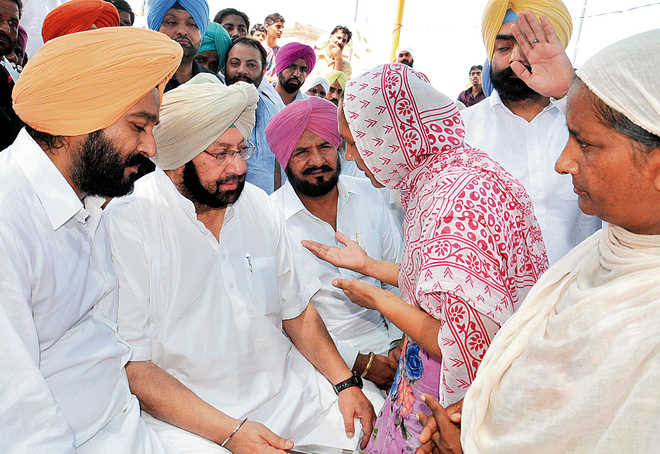
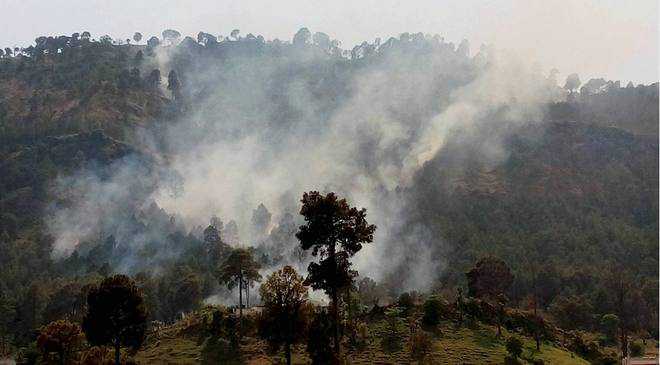
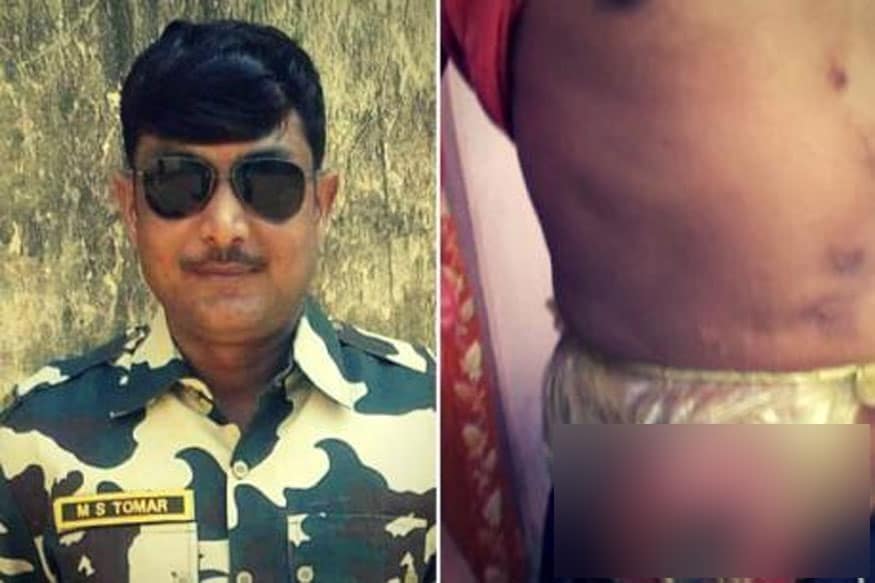
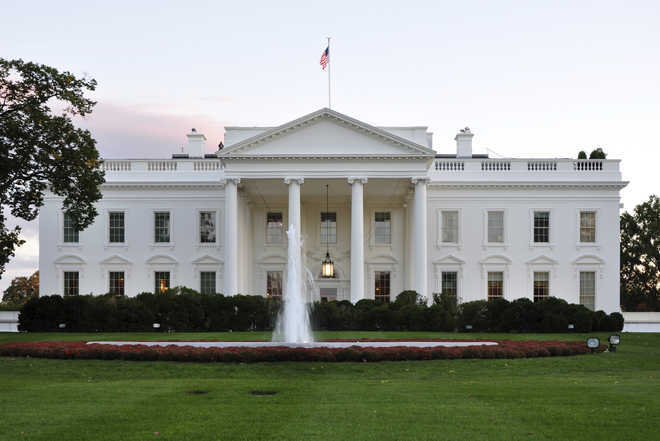
 PIB
PIB AP
AP